Gene-editing Xenograft Model
In Vivo Services
Gene-editing Xenograft Model Overview
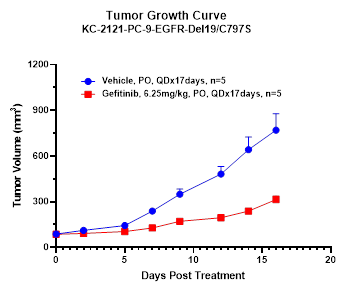
Gene-edited xenograft tumor models, such as CRISPR/Cas9, are employed to modify the genome of tumor cells by knocking out, overexpressing, or knocking in genes to simulate the occurrence and development of human cancer and to study specific targets. These models are valuable for investigating the mechanisms of cancer development, testing the efficacy of new drugs, and predicting patient responses to anti-cancer treatments. KYINNO has established thousands of gene-edited cell models, encompassing both human tumor cells and mouse-derived tumor cells, providing a powerful tool for scientific research.
All in vivo Services
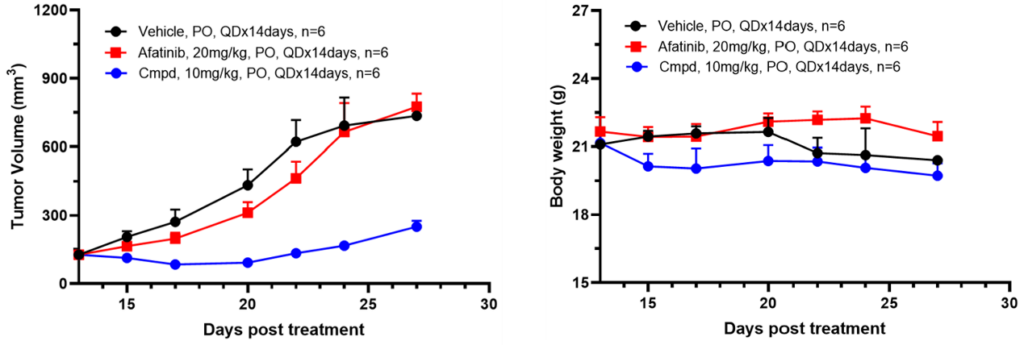
Ba/F3 Xenograft focuses on protein kinases, a cornerstone in cancer research. With FDA’s acknowledgment of kinase drugs, it offers important oncology insights aiding for deeper understanding.

Gene-edited xenografts, utilizing tools like CRISPR/Cas9, offer precise modifications to tumor cell genomes, significantly expanding the horizons and potential of modern oncological research methodologies and insights.
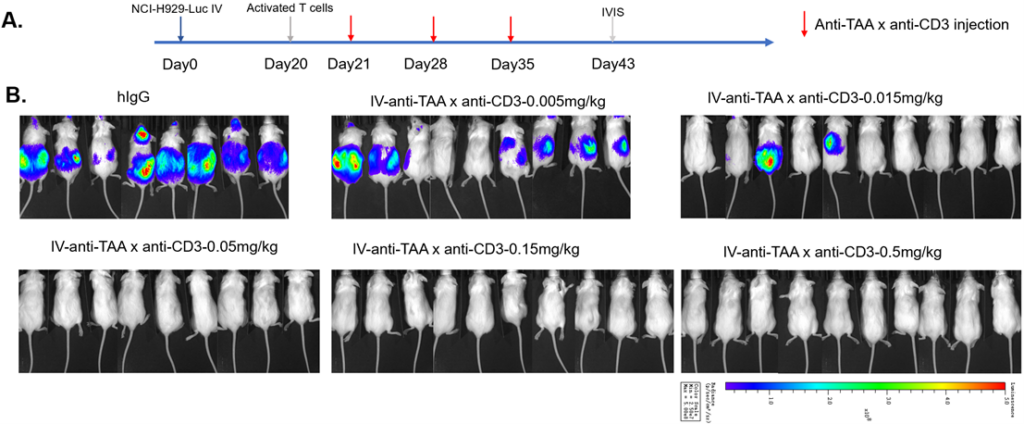
Luciferase tumor model provides insights into tumor growth and immune dynamics. Using bioluminescence, it provides real-time insights. This innovative approach deepens comprehension, advancing cancer research and promoting novel therapeutic discoveries.
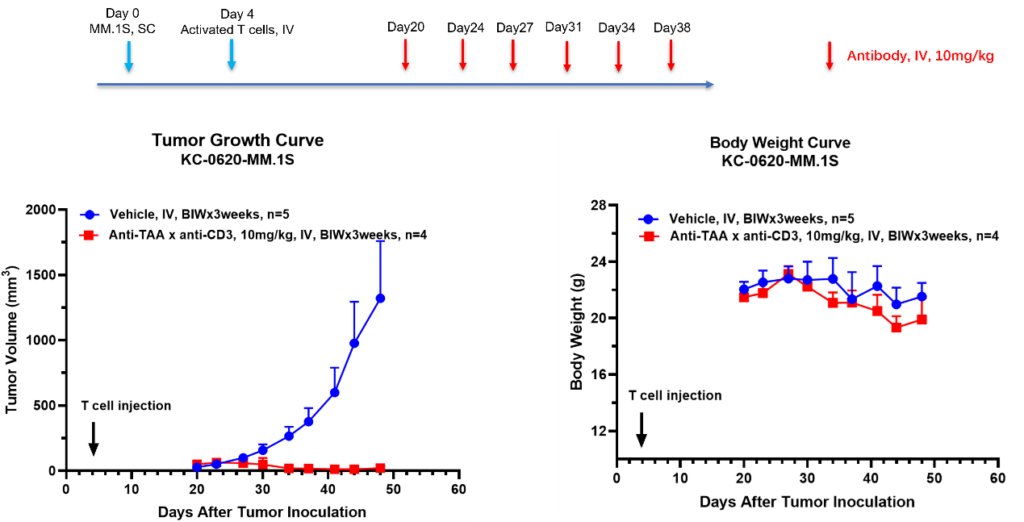
PBMC Humanized Mouse Model incorporates human T cells’ behavior, enabling detailed tumor immunology analysis. It presents a unique avenue for in-depth exploration, enriching research and offering a comprehensive study platform.
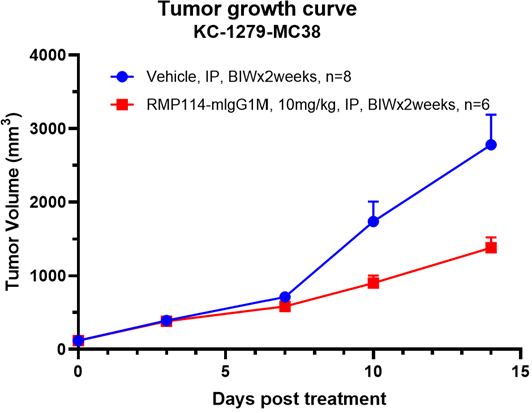
The Syngeneic Model leverages the uses of mouse-derived tumor tissues, placed into genetically similar hosts, contributing to consistency and depth in cancer studies. Ensures a genuine environment for cancer study.
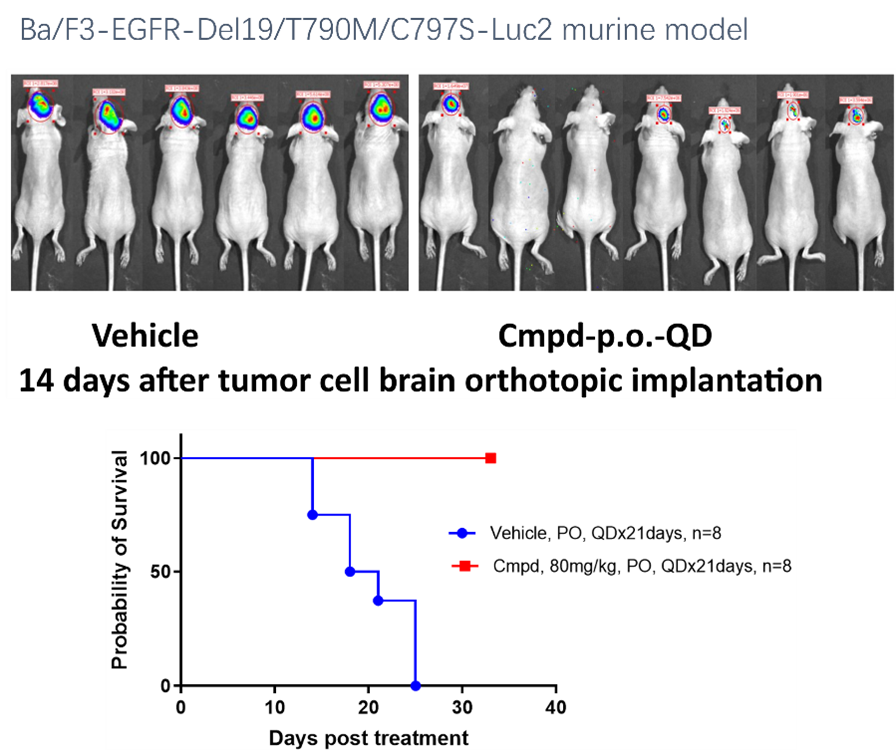
The Subcutaneous tumor models are a leading choice for evaluating anti-cancer drug efficacy, supporting clinical trials, and understanding potential treatments. Its established method is a key component in therapeutic research.
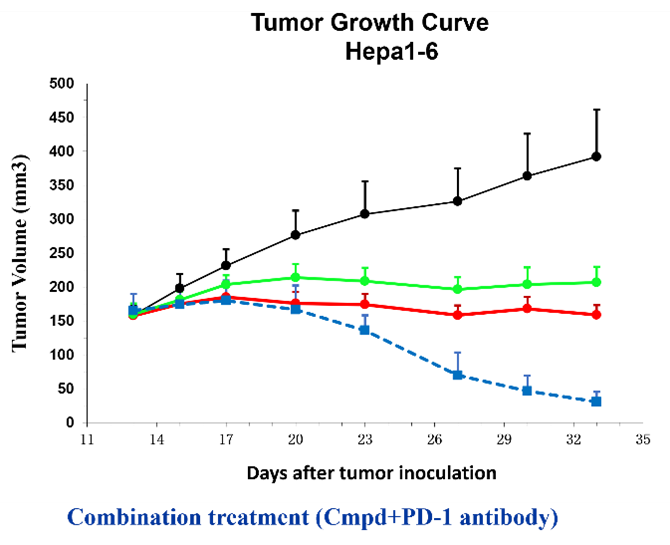
The subcutaneous tumor model is one of the most commonly used in vivo evaluation systems for assessing the efficacy of novel anti-cancer drugs. Typically, tumor …
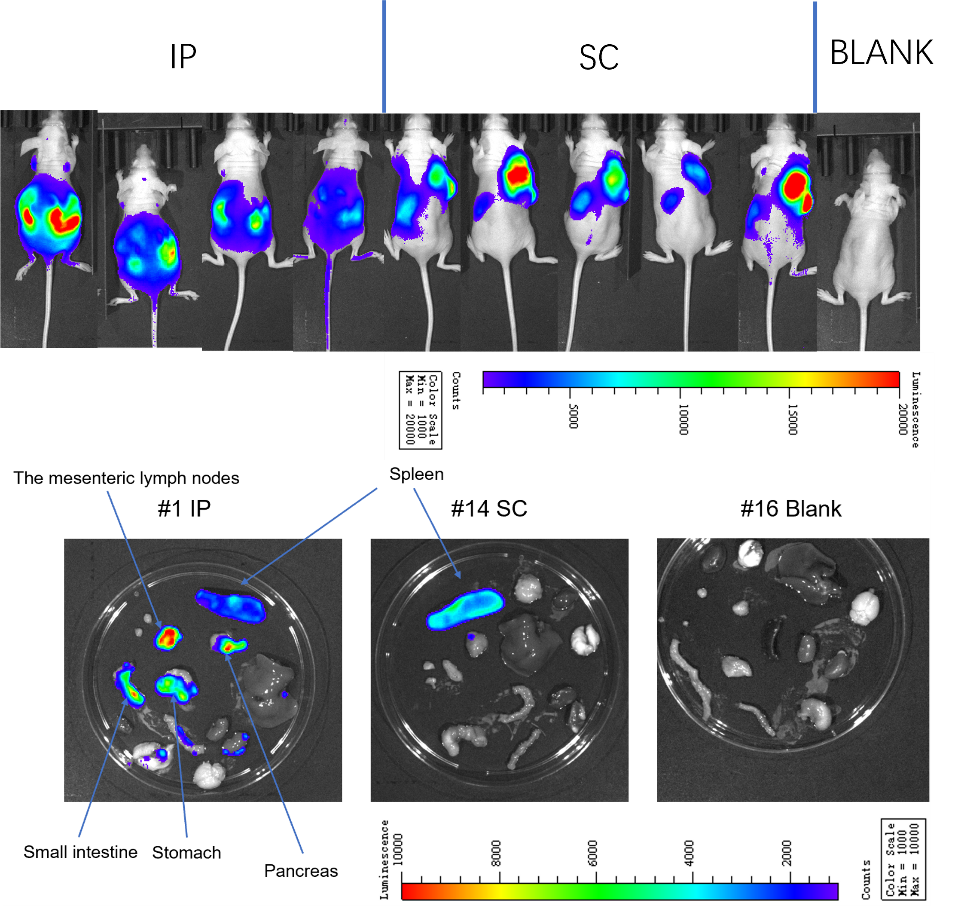
In cancer research, metastasis models are crucial tools that help us understand how tumors migrate from their original location to other parts of the body. Ba/F3 cells are a common type of tumor cell, especially in mouse models, where they exhibit metastasis.